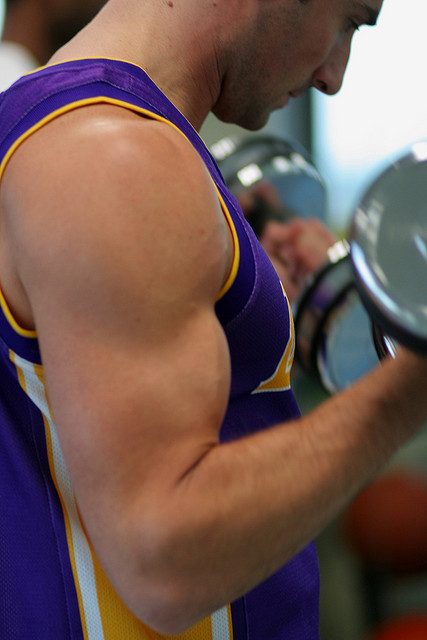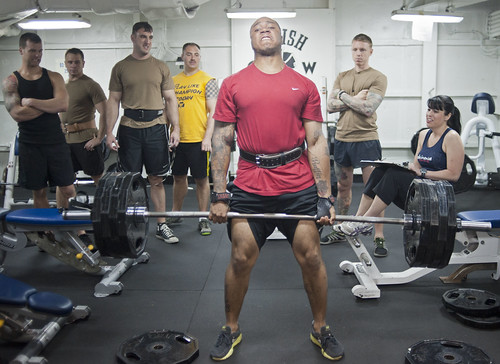Intense exercise, especially weight training, invites a vulnerability to arthritis, carpal tunnel and various other forms of strain on muscles and tendons. We at CTSplace.com understand that this is an ongoing battle and cannot be completely covered in a single article. So this will be the first in an ongoing series in our coverage of this major issue. Millions are invested every year into gyms and intense exercise programs, but injuries often slow us down. We want to prevent that.
There are many types of arthritis, including rheumatoid and osteoarthritis. Different forms warrant different remedies and workout modifications.
With Osteoarthritis, the goal is the reduction of your workload in substantial ways:
1. Lighter Weights
This is self-explanatory. Immediately drop the scale of your weights. If you’re injured, you can’t follow through with your normal workout or push it to the limit – your limit is lower now. Deal with it. Don’t try too hard.
2. Slow and Steady
There’s a normal speed that we’d recognize when we’re in the gym. It’s easier to use your full power and not hold anything back when you’re doing, for instance, bicep curls. A slower lift will let you know what actually strains the muscle, tendon or joint that’s having issues. You’ll also find it’s more challenging of a workout, adding an extra benefit to the technique.
Alternative: Less acceleration of movement. If you’ve got something like tennis elbow, in addition to dropping the weight also slow down your bicep curls. The slower movement will allow you to notice how much you can handle. With your next workout, give it another try and see if you can lift higher.
3. Less Range of Motion
High range of motion exercises (high ROM exercises) involve full extension of your limbs. One example is bench-pressing. Injuries to your shoulders are commonplace with these sort of high-intensity workouts.
Alternative: Low range of motion exercises (low ROM exercises) provide recovery and protection against future injury. Weightlifters tend to shift from benchpresses and deadlifts to half deadlifts.
4. Less Impact
Many high-impact workouts are murder on your joints. The immediate example that comes to mind is running. Every step presses down on your knee and pressures the cartilage, ligaments and tendons that keep it together.
Alternative: Using a bike or an elliptical is the best idea. Injuries to your IT band or MCL can imply a long recovery. If you run and haven’t encountered any problems, it’s still a good idea to work in the alternative as part of your routine – less running can definitely mean less likely a chance of having knee issues later.






